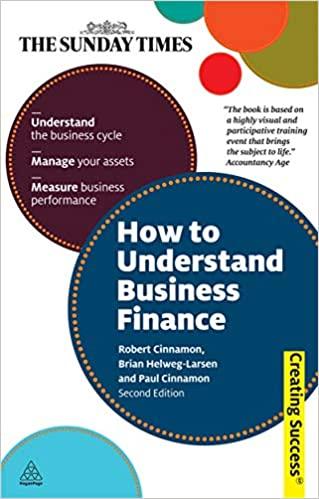Answered step by step
Verified Expert Solution
Question
1 Approved Answer
Drop down options from top to bottom: 1.) 2,926.53 / 3,512 / 12,673.98 / 3,619.25 2.) 4,343 / 3,619.25 / 2,926.53 / 12,673.98 / 3,512

 Drop down options from top to bottom:
Drop down options from top to bottom:
1.) 2,926.53 / 3,512 / 12,673.98 / 3,619.25
2.) 4,343 / 3,619.25 / 2,926.53 / 12,673.98 / 3,512
3.) 17,000.00 / 20,000.00 / 14,632.65 / 17,632.65
4.) 18,096.25 / 20,000.00 / 17,632.65 / 3,619.25
How Much Capital Do You Need to Start Investing? The motivation for making investments is largely driven by the goals you have. These goals could be short-term such as buying a new car, saving for a down payment or save enough to take a year off and travel. In any situation, the first step is to identifying the amount of capital you need and how much risk are you willing to take for the return you expect. Ralph is a 35-year-old lab technician whose primary long-term financial goal is to save enough to take a year off and travel. Therefore, he wants to begin an investment plan that will make this a reality within 5 years. He currently has $3,000 saved for this purpose, and he wants to determine the appropriate monthly savings amount that will allow him to reach his goal. He estimates that he can earn an average annual return of 5%, and he would like to save a total of $20,000 to cover his expenses for the year. Table of Future Value Factors Year 2% 5% 8% 10% 1 1.020 1.050 1.080 1.100 5 1.104 1.276 1.469 1.611 10 1.219 1.629 2.159 2.594 40 2.208 7.040 21.724 45.258 Table of Future Value Annuity Factors Year 2% 5% 8% 10% 1 1.000 1.000 1.000 1.000 5 5.204 5.526 5.867 6.105 10 10.950 12.578 14.487 15.937 40 60.401 120.797 259.052 442.580 This If he invests the $3,000 today, the terminal value of this initial investment in 5 years (earning an average 5% return) will be $ means that he must accumulate the remaining through his annual savings plan to obtain the full $20,000 to cover his expenses for the year. Still assuming an average return on investment of 5%, the additional yearly investment required to reach Ralph's targeted financial goal within 5 years is Suppose instead that Ralph had no capital saved and thus needed to accumulate the entire $20,000 in the next 5 years. In this case, his annual contribution would have to be When Ralph starts with an initial investment of $3,000, the total amount that he ends up contributing to accumulate $20,000 is equal to the initial investment plus the additional yearly payments, for a total of When he starts with no initial capital contribution, the amount he ends up contributing is equal to the sum of all annual contributions you calculated in the no-initial-capital scenario, for a total of Once Ralph has determined the annual amount he needs to save, the next step toward achieving his goal is coming up with an investment plan. True or False: The appropriate investment plan depends on the investment objective. O True O FalseStep by Step Solution
There are 3 Steps involved in it
Step: 1

Get Instant Access to Expert-Tailored Solutions
See step-by-step solutions with expert insights and AI powered tools for academic success
Step: 2

Step: 3

Ace Your Homework with AI
Get the answers you need in no time with our AI-driven, step-by-step assistance
Get Started


